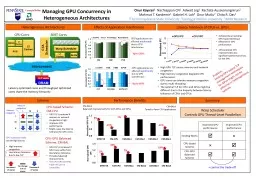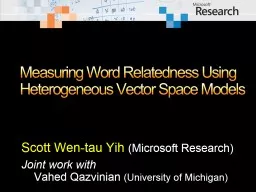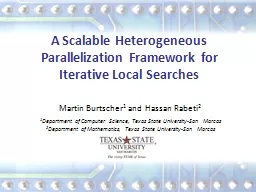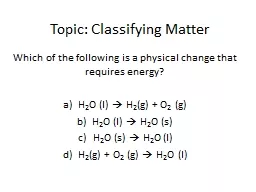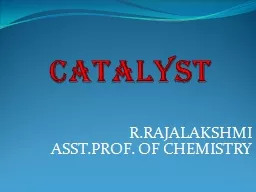PPT-Heterogeneous Architectures
Author : min-jolicoeur | Published Date : 2016-08-10
Effects of Application Interference Scheme Summary Performance Benefits Onur Kayıran 1 Nachiappan CN 1 Adwait Jog 1 Rachata Ausavarungnirun 2 Mahmut T Kandemir
Presentation Embed Code
Download Presentation
Download Presentation The PPT/PDF document "Heterogeneous Architectures" is the property of its rightful owner. Permission is granted to download and print the materials on this website for personal, non-commercial use only, and to display it on your personal computer provided you do not modify the materials and that you retain all copyright notices contained in the materials. By downloading content from our website, you accept the terms of this agreement.
Heterogeneous Architectures: Transcript
Download Rules Of Document
"Heterogeneous Architectures"The content belongs to its owner. You may download and print it for personal use, without modification, and keep all copyright notices. By downloading, you agree to these terms.
Related Documents

